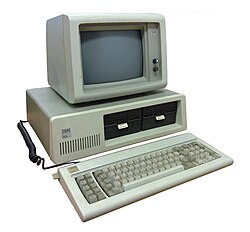Web Design: How to Do It Successfully?
 Web design is a process of making your own web page or website in a manner or look you want it to be. It includes all sorts of revising or remaking a look for a page in the internet like graphics, multi-media enhancers – videos, images and even applications, SEOs, animations, communication designs, and the purpose of the said website. This can be done through HTML Coding. It is not easy to use it. Better to learn it first in order for you to make your own web design.
Web design is a process of making your own web page or website in a manner or look you want it to be. It includes all sorts of revising or remaking a look for a page in the internet like graphics, multi-media enhancers – videos, images and even applications, SEOs, animations, communication designs, and the purpose of the said website. This can be done through HTML Coding. It is not easy to use it. Better to learn it first in order for you to make your own web design.
How can you do a web design?
There are a few steps to be followed or you can refer to when making a web design. These are helpful ways to achieve the best and greatest look for your page.
1. Layout.
You must have a page layout. A layout is a plan or draft of your design. It is similar to a sketch or is a temporary design. If designing isn’t your thing, you must choose what fits best on your wants and needs. Layout also is mainly the positioning of the content, multi-media materials, and information about your web page. The design is usually done on graphic tools available on your unit.
There are some elements you should consider when making your own web design.
• Draw first your design on a blank sheet of paper.
• The design resolution.
• Height of the header and footer.
• The placement of the content to make it visible, readable, and functional.
• White spaces should be incorporated within multi-media materials and texts.
• Don’t make it too complicated. Organize and do not overload the information contained on a page.
2. Colour Scheme
This is the second stop on making your web design, choosing the colour scheme that is only right on your design. It should only comprise of 2 or 3 combinations of colours because it will be too difficult to manage and control more than 3.
Here are tips on choosing the colours.
• At least 2 or 3 dark shades must be selected.
• Make the colour of your text visible and readable. Match a light-coloured text with a dark background and vice versa.
• Have a sharper or stronger colour for your links to be distinguished.
• Keep a balance mixture of your shadings.
• Do not use too many colours. It will result to a rainbow or fruity-like canvas.
3. Content Placement
Maintain organized contents to make your page in total balance. Some tips are listed below.
• There must be similar formatting and spaces on each of the pages.
• All around margins must also be the same.
• Positioning of contents must be balance to avoid making your pages odd-looking.
4. Optimization
Optimization mainly helps to increase performance and speed. One way to improve your web page’s performance is to minimize the use of multi-media materials like videos and images to avoid time-killing loading processes.
5. Design Exposure
Search on the popular and new trends to improve your layout, design, and techniques to add up a lot more exposure to your web page.









